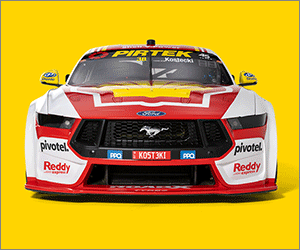Volkswagen is the only carmaker to have adopted ‘W’ shaped engines in significant numbers, first with the W8 in the early 2000s Passat, and followed by a W12 (first in the Phaeton) and a W16 (debuting in the Bugatti Veyron).
Now the curtain is drawing to a close, and it’s Bentley and Bugatti which have the honours of producing the final two W engine-powered vehicles, farewelling the W12 and W16, respectively.
For Bentley, it is sending off the W12 in its Batur Convertible, produced by Mulliner. Based on the already beautiful drop-top, Mulliner made sure the Batur became even more special with the addition of a Opalite paint finish, highlighted by contrasting Beluga and Mandarin accents.
Inside, the most eye-catching part is the contrasting colours on each side of the cabin, with the driver’s seat upholstered in Beluga black leather and Alcantara, while the passenger gets Linen white leather with Alcantara.
However, as with many Bentleys, the star of the show is under the bonnet, a twin-turbo 6.0-litre W12 engine, producing 552kW and 999Nm. Every example of the W12 engine has been hand-built, though the brand has now downsized to twin-turbo 4.0-litre V8s as its flagship engines, albeit with plug-in hybrid assistance.

Bugatti is also saying goodbye to W power, with the quad-turbo 8.0-litre W16 engine exiting production in the Brouillard, a one-off vehicle tipped to be the brand’s most expensive car ever.
Based on the roofless Mistral, the Brouillard has an added roof thanks to Bugatti’s new Solitaire division, a coachbuilding arm which will be to Bugatti what Mulliner is to Bentley.
Despite sharing its underpinnings with the Mistral, the two cars share no external parts, with the Brouillard adopting a completely new exterior design, from its aggressive lower portions to modern lighting.
There’s still the visor-shaped windscreen and side windows, but the biggest changes have occurred at the rear where an integrated wing sits above the rear diffuser, flanked by two pairs of vertically stacked exhaust outlets.
The cabin has also been overhauled and treated to the same green look as the exterior, with horse motifs on the door cards and tartan patterns throughout.
Behind the driver sits the 1177kW W16 engine, which started life 20 years ago in the first Veyrons, at the time the world’s fastest production cars. The W16 has since powered the Chiron, Centodieci and Bolide to name a few.
Bugatti’s new Tourbillon will be its first model without a W engine since the EB110, with power to come from a Cosworth-developed 8.4-litre V16, assisted by three electric motors.
























Discussion about this post